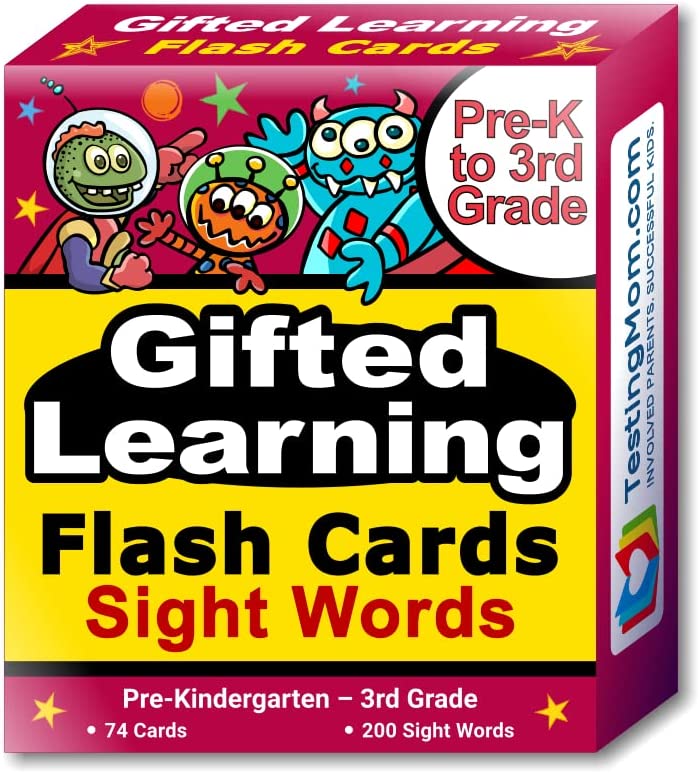› How to Help Your Struggling Reader
How to Help Your Struggling Reader
posted by Karen Quinn, The Testing Mom - June 19th, 2023
Do you have a young child who is struggling to read? If so, you are not alone.
Today I want to show you the one thing you can do that will instantly help your child read more easily.
One of the first things we teach kids are letters and the sounds they make. “Cat” is made up of three letters, each with their own sound – /c/ /a/ /t/ – say the letter-sounds individually, then blend them into one word and you can read the word “cat,” which we all know is an animal with whiskers that says, “meow.”
Unfortunately, many words in English do not sound the way they are spelled. For example, the word “your,” or /y/ /o/ /u/ /r/, were it sounded out, might be pronounced “yoe-oor.” Or the word “is” or /i/ /s/, would sound like “i-sss.” Trying to sound out words that don’t follow phonics rules will slow down any early reader. Not only that, we all know what a cat is. But all of us do not know what words like “is” or “your” mean.
What most parents don’t realize is that there are 100 words that make up 65% of every word you will see in books – from pre-K through college. In these 100 high frequency words are words like “the,” “be,” “to,” “of,” “have,” “you,” “does,” “were,” “they,” “would,” and more. Sometimes called “outlaw” words because they don’t follow the rules of phonics, sometimes called “non-content” words because they don’t convey meaning found in more easily understood words such as “cat” or “tub,” these non-content words give early readers trouble. So how do you fix that?
The answer is simple. Help your child memorize these words and learn their meaning so they can process them any time they see them. If your child knows the 100 words, their ability to read quickly and accurately with the right voice inflections – or their “fluency” – will instantly improve.
They contain the 100 high frequency words in order of how often they appear in text, along with instructions to help your child memorize the word on sight, and to know how to understand, spell and write the word. Our cards include the 100 most frequently appearing words, along with 100 more high frequency words (200 in all) that together make up 75% of every word your child will see on the page in their first ten years of reading. The words in bold in this post are from the non-content or outlaw words from our cards. They make up 65.9% of the words on this page. Do you see how knowing these words on sight will help your child read more easily?
Once your child learns these words, they will be able to read most of the words on any page. This way, they will only need to decipher a small percentage of words in any text and their time can be used decoding the words they don’t know. Learning all the sight words in these flash cards will help turn your struggling reader into a fluent one.




Tell us about your experiences